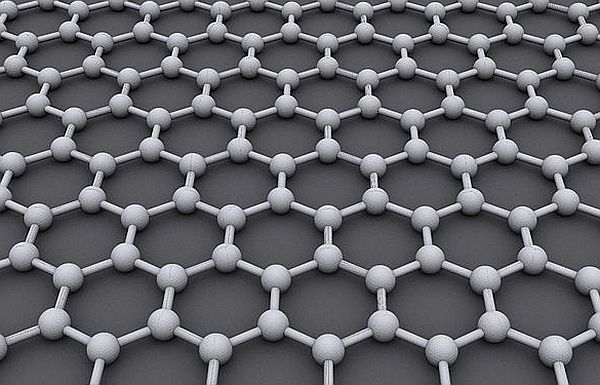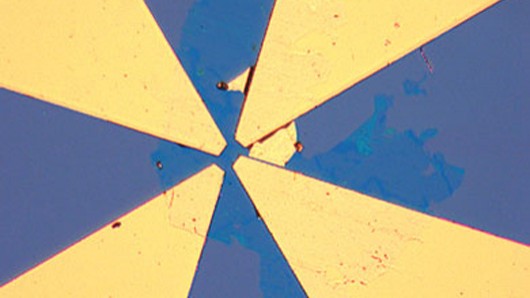Hydroelectricity is the most widely used form of renewable energy, supplying around 20 percent of the world’s electricity in 2006, which accounted for about 88 percent of electricity from renewable sources. Now researchers at the Rensselaer Polytechnic Institute have developed a new method to harvest energy from flowing water using a nanoengineered graphene coating. The new technology only produces small amounts of electricity so isn’t aimed at large scale electricity production, but rather at self-powered microsensors to be used in oil exploration.
For their study, the researchers used graphene that was grown by chemical vapor disposition on a copper substrate and then transferred onto silicon dioxide. Using molecular dynamics simulations they discovered that when water flows over the graphene, chlorine ions present in the water stick to its surface. As the water flows, the friction force between the water flow and the layer of adsorbed chlorine ions causes the ions to drift along the flow direction. The motion of these ions drags the free charges present in graphene along with them, resulting in an internal current.

Using a sheet of graphene measuring 0.03 by 0.05 mm, the team was able to generate 85 nanowatts of power. Although this is only a very small amount, Rensselaer Professor Nikhil Koratkar, who led the research, says it should be enough to power tiny sensors that could be introduced into water or other fluids and pumped down into a potential oil well.
As the injected water moves through naturally occurring cracks and crevices deep in the earth, the devices would be used to detect the presence of hydrocarbons to help uncover hidden pockets of oil and natural gas. As long as the water is flowing over the devices, they should be able to provide a reliable source of power to enable the sensors to relay data back to the surface. Because the graphene coating requires ions to be present in the water to function properly, oil exploration companies would need to add chemicals to the water that is injected into the well. Koratkar says this is an easy and inexpensive solution.

“It’s impossible to power these microsensors with conventional batteries, as the sensors are just too small. So we created a graphene coating that allows us to capture energy from the movement of water over the sensors,” said Koratkar. “While a similar effect has been observed for carbon nanotubes, this is the first such study with graphene. The energy-harvesting capability of graphene was at least an order of magnitude superior to nanotubes. Moreover, the advantage of the flexible graphene sheets is that they can be wrapped around almost any geometry or shape.”
Hydrocarbon exploration is an expensive process that involves drilling deep down in the earth to detect the presence of oil or natural gas and is thus limited to vertical exploration. Koratkar says oil and gas companies are keen to augment this process by sending out large numbers of microscale or nanoscale sensors into new and existing oil wells that would be carried by pressurized water laterally through the earth.
Hence Koratkar’s group being awarded a US$1 million grant for the in March 2010 by the Advanced Energy Consortium – a group dedicated to developing new technology for the recovery of oil and gas comprising member companies including BP, Shell, Halliburton, and member research institutions such as Rennsselaer. The team’s paper, “Harvesting Energy from Water Flow over Graphene,” which appears in the journal Nano Letters, is the first research paper to result from the funding.
Koratkar says the technology also has other potential applications, such as self-powered microbots or microsubmarines, or boats that harvest power through a graphene coating on their hull.
 Follow
Follow